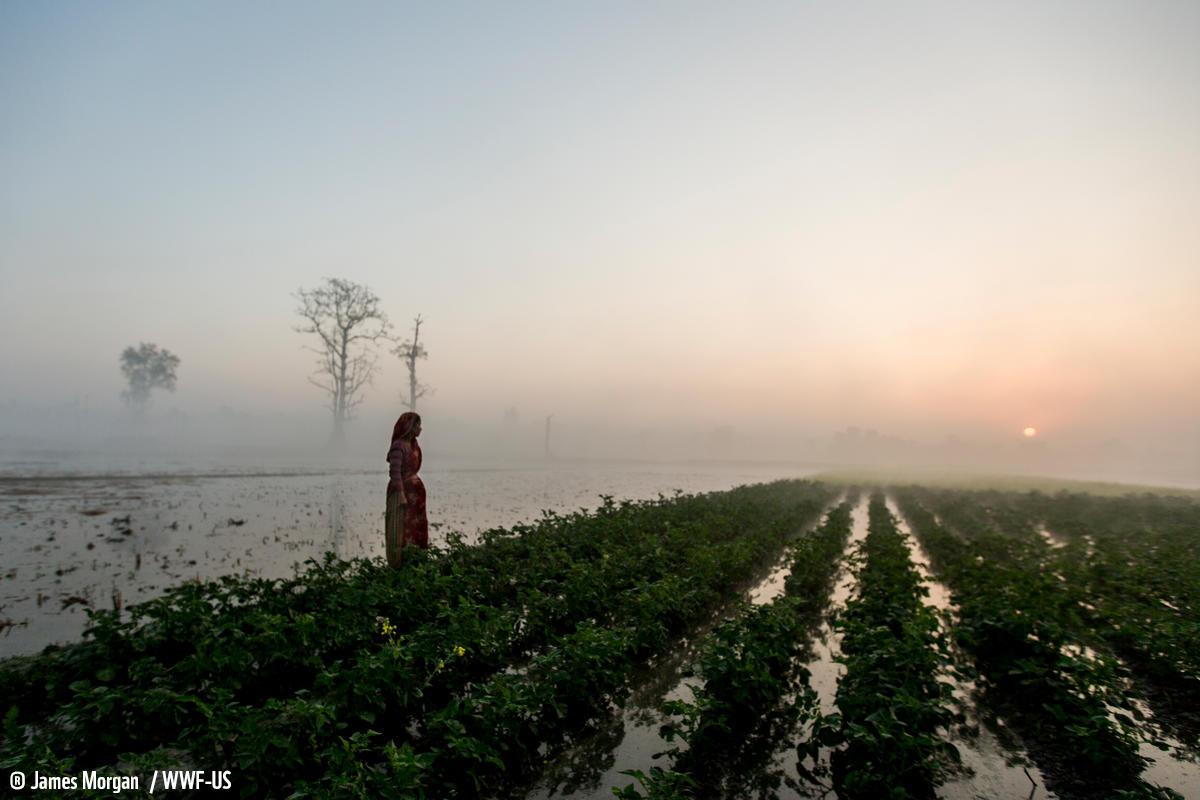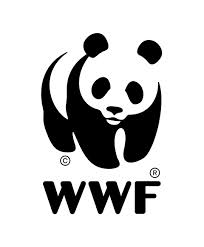A 1% Solution to Reduce Food’s Footprint
By Jason Clay

With COP28 now in our rearview mirror, it’s clear that insufficient attention has been paid to what is perhaps the most complex climate issue of all: How to reduce the environmental footprint of producing food and address the impact of climate change on future food production. To address these issues, we should consider what I call the “1% Solution,” which would add a 1% environmental service payment to the price of food exports.
Current market prices do not cover the actual costs of food production in many, if not most, parts of the world. Those costs include what are often referred to as social and environmental externalities—unacceptable impacts like deforestation and conversion, soil erosion and degradation, poor livelihoods for farmers and farm workers, malnutrition and insufficient food.
Most governments can’t afford the fundamental changes to their food systems necessary for more sustainable food production, even as global population and food consumption continue to increase. Global trade, meanwhile, has doubled every 20 years, from 6% of global production in 1980 to 30% in 2020. What if we tapped into that explosive growth in trade to cover the cost of sustainability?
So long as consumers continue to pay less than the actual costs of producing what they eat, those costs will go on being subsidized by producers, countries, the planet or a combination of all three. For consumers, a 1% increase in raw material prices would have an insignificant effect on the price of finished goods. And 100% of the funds generated should be dedicated to addressing key environmental impacts like deforestation and conversion, soil health, rehabilitation of degraded land, traceability and clear and legal title. In this scenario, the 1% environmental service payment would be added to all food exports, regardless of destination or supply chain, providing the funds needed for producers to make food production more sustainable and resilient.
The amount generated by the 1% Solution would vary each year. For 2022, the 1% Solution funding generated by the export of five commodities alone (beef, hides, corn, cotton and soy) would have been $780 million for the US and $550 million for Brazil. Obviously, the total would be far greater for the entire world than for just two countries and a few commodities. But this level of funding, year in and year out, is far more significant than any one-time funding that was discussed or put on the table at COP28. Even as a pilot program in one or two countries, the 1% Solution could provide ongoing funds to reduce the environmental footprint of food production.
Here's how it would work: Funds gathered under the 1% Solution would go into a common fund. It would be managed by the exporting country as well as those countries whose consumers ultimately contribute to the fund. The money would not go to the best producers. Rather, it would go to those less-efficient producers to cover the costs of reducing critical impacts, which increasingly affect market access for all producers.
The funds also could go to reforest lands, rehabilitate degraded land, obtain legal permits or land titles, comply with traceability and transparency and the like. In addition, producers could sell their products to whomever they please, unlike in many current commodity finance schemes. The funds would be collected by the government on all exports and would likely be based on the free on board (FOB) price, which includes all costs and fees to get the product loaded on transport for export.
The 1% Solution could help producers reduce their impacts and receive land titles for long-established farms. It would also help producers be more sustainable and resilient and access global markets. It would level the playing field on the demand side by ensuring that all downstream buyers pay the same 1% Solution environmental funding to improve commodity production.
The 1% Solution funds could also be used to leverage or complement additional funding from governments, multilateral development banks or the private sector.
Perhaps most important, the 1% Solution is a market mechanism that uses market transactions to generate the funding for producers to become more sustainable and resilient. All products would be treated equally, and all exports would incur the same 1% fee. And by using existing transactions, governments wouldn’t need to appropriate additional funding to make production more sustainable or adapt to future conditions.
There are precedents for the idea of a 1% Solution, namely in fees collected on food sales. The US has a domestic check-off program for commodity sales. Some countries, like Brazil, have included fees on international food exports like coffee and sugar, while other nations and sectors have similar mechanisms for seafood, like swimming crab or lobster. The funds are dedicated and used for a single commodity — to cover the costs of marketing, research, advertising, holding stocks, and more. In many cases, the funds come out of what the producers are paid, not the consumer.
Food exports, in principle, should not undermine the natural resource base of exporting countries or producers. With climate change, we will all depend on food exports to fill food gaps. Future generations will depend on global food exports even more than today.
The science is clear: to simultaneously address climate change, environmental degradation, and growing food demand, we need to fundamentally transform our global food system. One of the most practical and effective ways to do this is to use markets to change markets — by providing global food producers with the financial resources they need today to build a more stable and resilient tomorrow.
****
Jason Clay is a Senior Vice President at World Wildlife Fund and Executive Director of the Markets Institute at WWF

